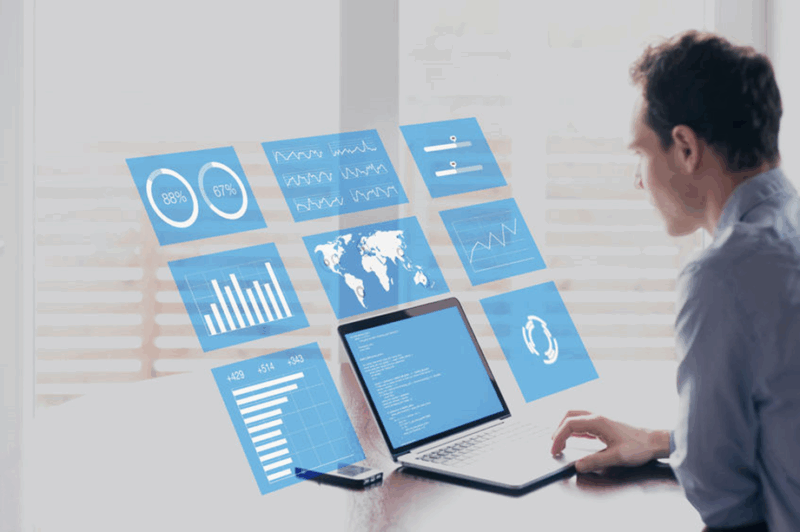
As your business evolves, so should your methods for managing transactions and billing. Switching to digital invoicing, particularly within a SaaS billing framework, offers a myriad of advantages, from reducing environmental impact to improving cash flow.
Here’s how you can seamlessly implement digital invoicing in your organization, ensuring efficiency and client satisfaction at every turn.
Evaluate Your Current Invoicing Process
Begin by taking a comprehensive look at your existing invoicing system. Identify what works well and what doesn’t. Consider the time it takes to prepare, send, and process payments and any issues your staff or clients frequently encounter.
Understanding these elements will help you pinpoint what features you need in a digital solution and establish a clear baseline for measuring improvements post-implementation.
Selecting the Appropriate Digital Invoicing Tool
Choosing the right digital invoicing tool is crucial. You need software that fits your current needs and can scale as your business grows. For SaaS billing, prioritize features like subscription management, automatic billing, and diverse payment gateway integrations.
Also, look for software that provides robust security measures to protect your financial data and that of your clients. Ensure the tool is user-friendly to minimize the learning curve for your team and clients alike.
Integrating with Existing Systems
To maximize efficiency, the digital invoicing system should integrate seamlessly with your existing business software, such as CRM (Customer Relationship Management), ERP (Enterprise Resource Planning), and accounting systems.
Integration facilitates automatic data transfer across systems, reducing manual entry errors and providing a unified view of customer accounts and financials. If integration capabilities are limited, consider additional customization or consulting with IT professionals to ensure smooth interoperability.
Training and Supporting Your Team
A successful shift to digital invoicing relies heavily on your team’s comfort and proficiency with the new system. Provide comprehensive training that covers all features of the software. Make sure support is available to address any questions or issues as they arise.
Consider creating a dedicated internal support team or choosing a software provider known for excellent customer support. Regular training updates and refresher courses can also help keep your team’s skills sharp.
Launching Digital Invoicing
Plan a phased rollout of your new digital invoicing system. Start with a pilot program involving a select group of clients before a full-scale launch. This approach allows you to gather valuable feedback and make necessary adjustments without overwhelming your team or disrupting your entire billing process.
Communicate clearly with your clients about the changes, emphasizing the benefits such as faster invoice processing and multiple payment options, which enhance their convenience and satisfaction.
Monitoring and Optimizing the System
Once your digital invoicing system is in place, actively monitor its performance and the impact on your billing cycle and client satisfaction. Track metrics such as the average time to complete payments, the rate of successful transactions, and any discrepancies or issues reported.
Use this data to fine-tune the system, fix bugs, and improve user experience. Regularly updating your software and training can help keep your system secure and effective.
Ensuring Compliance and Security
Digital invoicing must comply with relevant financial regulations and standards to protect sensitive data and prevent fraud. Ensure your chosen solution complies with regulations like GDPR, PCI DSS, and others applicable in your region or industry.
Regular audits and updates will help maintain compliance as rules change. Additionally, to safeguard your system further, educate your team and clients about best practices for digital security.
Maximizing Productivity with Digital Invoicing
Implementing digital invoicing is a transformative step for your business, promising improved productiving and bettered client relationships. By carefully choosing the right tools, integrating them smoothly into your current systems, and providing ongoing support and training to your team, you can maximize the benefits of digital invoicing.
These best practices ensure that your move to digital invoicing will streamline your payment processes, improve cash flow, and meet your clients’ evolving expectations.
Adopting digital invoicing is about strategically improving your business operations and financial management. With thoughtful implementation and continuous improvement, digital invoicing will provide lasting benefits, making your business more agile and competitive.












